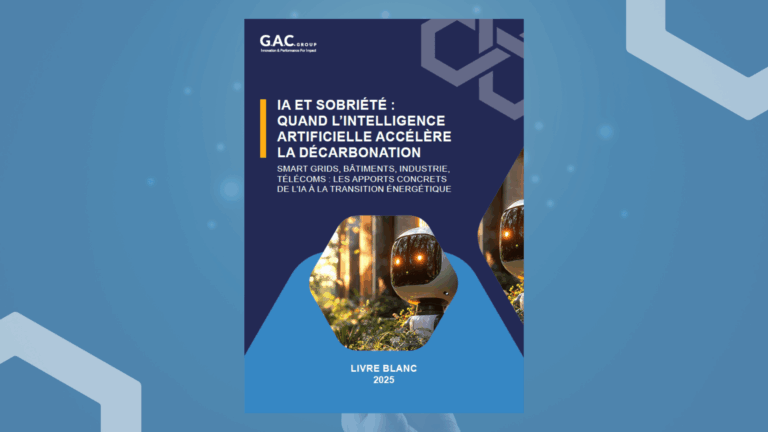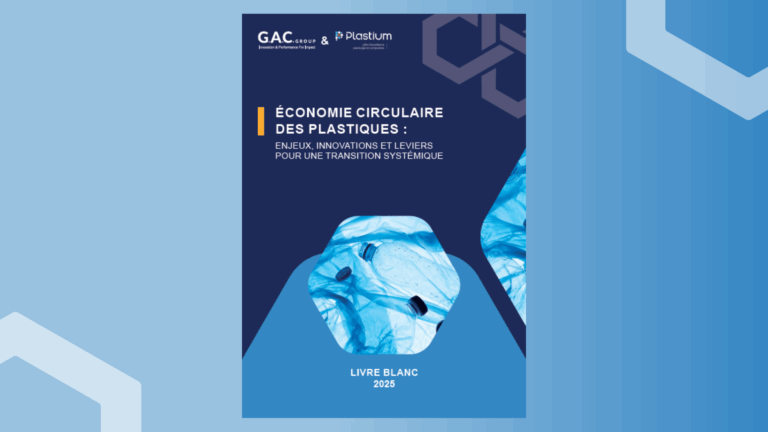
From the invention of the term "Open Innovation" by Henry Chesbrough in 2003 in his book " Open Innovation: The New Imperative for Creating and Profiting from Technology "this practice has experienced significant change.
Neither radically new in 2003, nor radically different today, it has nonetheless undergone a continuous evolution to the point of being considered essential today for improving business competitiveness.
It covers a wide range of practicesThese range from crowdsourcing ideas to co-development with suppliers, scouting startups and collaborating with academic experts.
However, although it is widely cited by many companies to boast of their ability to innovate, their practice of there's still plenty of room for improvement in Open Innovation. So let's take a quick look back over the past 20 years, and sketch out some future prospects for Open Innovation.
What are the different Open Innovation approaches for stimulating creativity within your company?

Today, Open Innovation or collaborative innovation covers a wide range of practices such as :
- The crowdsourcing ideas allows us to solicit contributions and ideas from people outside the company, on the assumption that among the number of ideas submitted, a certain number will prove original and valuable.
- The startup scouting is to identify and invest in promising start-ups to benefit from their speed of execution and creativity.
- The co-development with suppliers enables us to work closely with external partners, presenting them with a need rather than imposing solutions, in order to jointly develop new products or services.
- The collaboration with academic experts benefit from the knowledge and foresight of the academic world.
These different approaches all contribute to foster innovation by widening the field of possibilities and stimulating creativity. Open Innovation is also used as a means of enhancing the value of the company's portfolio of skills and know-how to the outside world, and thus increasing its return on investment.
Would you like to talk to an Open Innovation expert about developing creativity within your company?
Open Innovation accelerates thanks to digital tools

Open Innovation is progressively adopted by smaller and smaller companies. In his book Managing Open Innovation in SME "Wim Vanhaverbeke explores how SMEs can benefit from Open Innovation to boost their growth and competitiveness. This trend suggests new opportunities for smaller companies, including startups, which can now access external resources and new sources of innovation at lower cost.
A facilitating element is the emergence of digital tools which lowered the barrier to entry when pioneering companies such as Procter & Gamble or Elly Lilly used their reputation to launch challenges on their websites in the early 2000s.
Numerous challenge platforms have emerged, both for the general public and for qualified, targeted expert audiences. Examples include innoget, ideascale and heroex. To varying degrees of sophistication, these platforms provide access to collective intelligencebased on the conviction that the sum of individual skills and ideas can exceed the capabilities of any single group member.
Feedback
About the specialized platforms for experts, the ideXlab Open Innovation platform scans scientific publications and patents to identify the world's leading experts and invite them to contribute. This approach also has the merit of preparing for the implementation phase, beyond the ideation phase, by identifying experts and companies with the capacity to support the implementation of solutions.
Deployed in companies from 2017 onwards, the ideXlab platform has been used to address a wide range of topics in fields as diverse as green chemistry, artificial intelligence, materials science and new food additives, with demanding and prestigious customers such as Schneider-Electric, BIC, Orange, Safran, TotalEnergie, etc. In a matter of days or weeks, the The platform has enabled us to identify and establish collaborations with leading experts in fields such as self-healing materials, cybersecurity, recycling and composting, and robotics, on all continents..
Collaboration through these platforms has developed, and numerous competitions and challenges have emerged, starting with Procter & Gamble's Connect and Develop platform and Netflix's $1 million challenge in the 2000s. Since then, reward systems have become more sophisticated, going beyond simple remuneration, as in the case of the Agorize platform, which facilitates the hiring of students who take part in challenges.
All these tools have considerably reduced barriers to the adoption of Open Innovation and accelerated the innovation process by bringing together geographically dispersed players. Numerous academic studies continue to develop techniques for encouraging participation, maximizing challenge results and increasing the diversity of challenges on offer.
Open Innovation has given rise to new roles and skills within organizations
For example, some companies have set up genuine innovation brokers "who play a key role in connecting with internal and external players to foster exchanges and collaborations. They are responsible for seeking out new opportunities for innovation and establish fruitful relationships with external partners.
In addition, the intellectual property management has become an essential skill as part of Open Innovation. Companies must learn to manage and protect sensitive information while promoting the exchange of ideas and knowledge with external partnerswhich represents a major challenge.

Overall, the implications for companies are numerous: on the how to finance innovation, how to implement it, how to organize teams, how to use new tools, how to communicate etc. You can find our advice on key success factors in this publication.
Further information
Article written by

Jean-Louis LIEVIN
Founder of ideXlab Open Innovation platform








